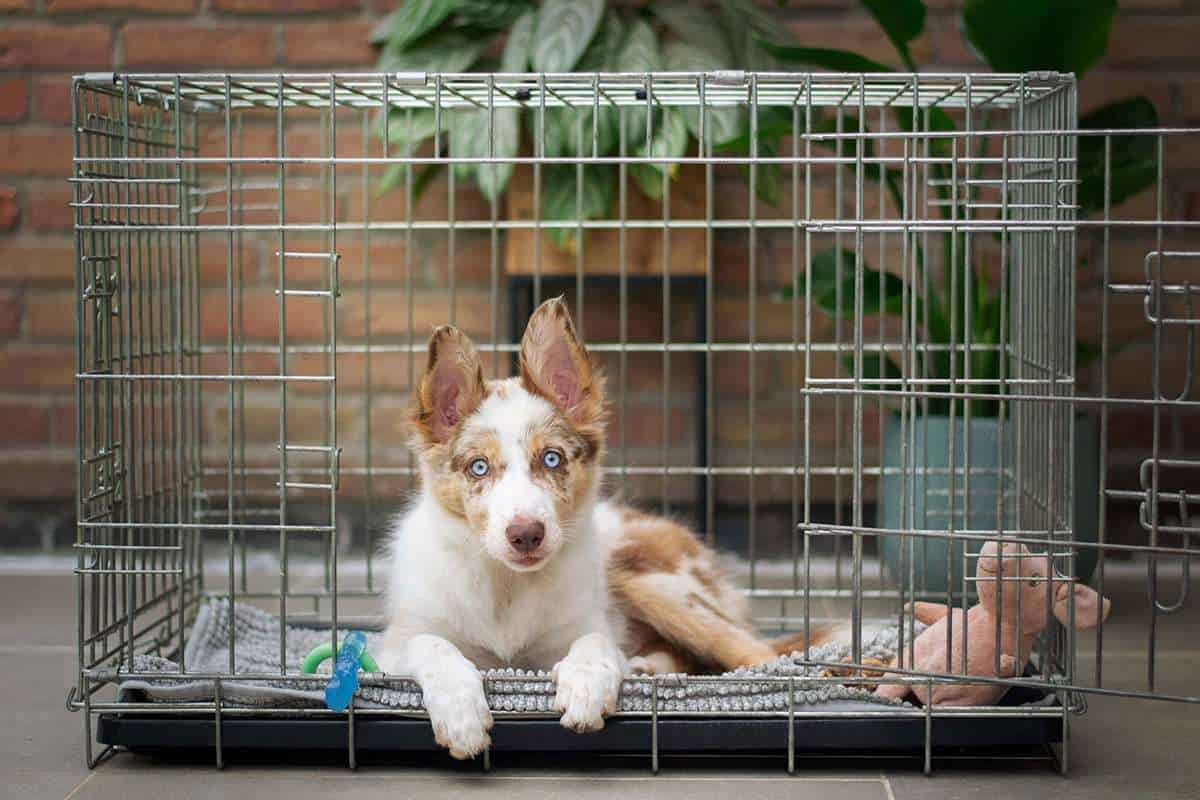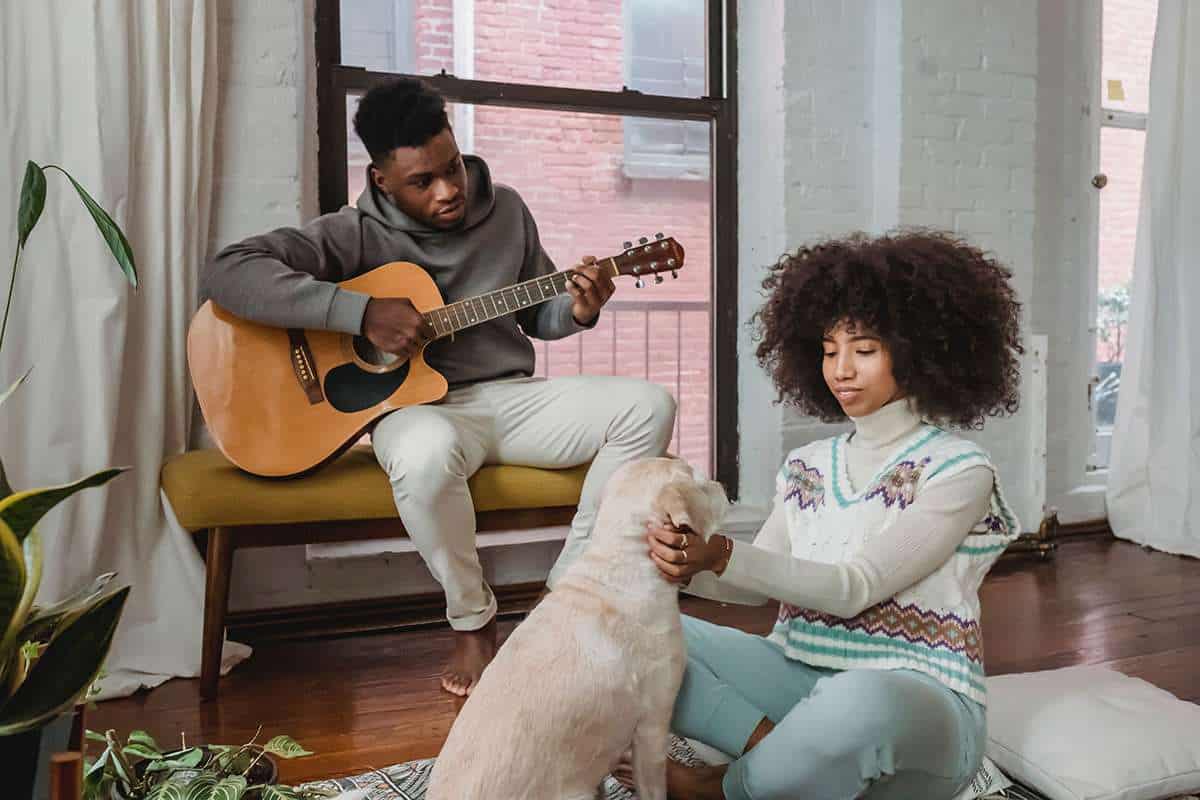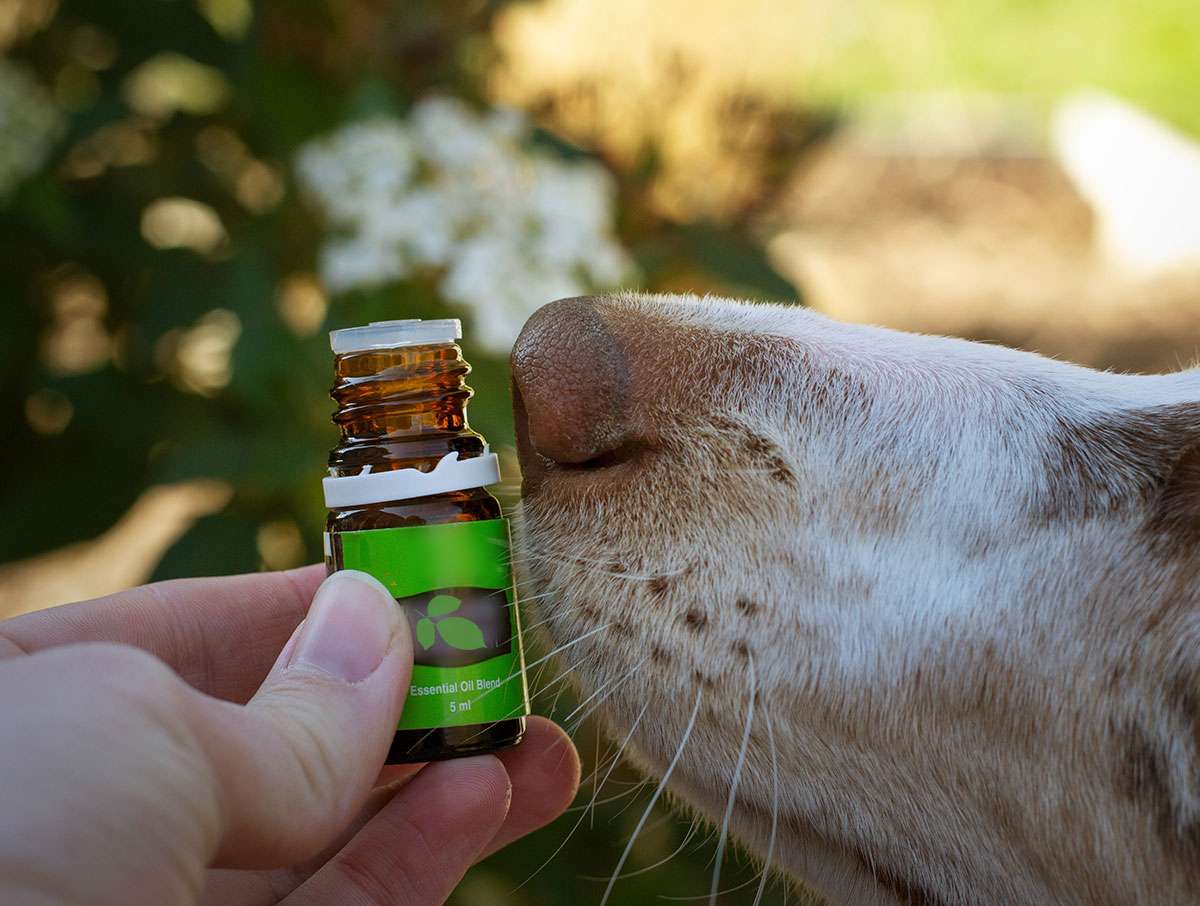Do you have a socially anxious dog? Just like humans, every dog has its own unique personality. Some are social butterflies, while others are more like the person who’d rather curl up with a book at a party. And that’s okay!
Why is my dog anxious around other dogs?
First, it is essential to understand why your dog may be feeling anxious. Dogs are social animals and have a natural instinct to interact with other dogs. However, some dogs may have had negative experiences with other dogs in the past, which can lead to fear and anxiety. Dogs that have been exposed to aggressive or fearful behavior from other dogs are more likely to develop anxiety around other dogs.
Another reason dogs may be anxious around other dogs could be due to lack of exposure or socialization. Dogs that have not been exposed to other dogs regularly may feel intimidated or scared when encountering a new dog.
Symptoms of social anxiety
If you suspect that your dog may be experiencing anxiety around other dogs, there are several signs that you can look out for. These signs include:
- Shaking
- Trembling
- Hiding
- Excessive barking
- Growling
- Trying to run away or escape
So how do you socialize a dog that feels anxious around other dogs?
When trying to introduce your anxious dog to other dogs, it is important that you remain calm and patient. Dogs can pick up on our emotions, so if you become anxious or stressed, your dog is more likely to feel the same way.
It is essential to remain in control of the situation. Keep both dogs on a leash and under control at all times. Avoid letting the dogs get too close to each other initially, and monitor their behavior closely. If either dog shows signs of anxiety or aggression, separate them immediately and try again later.
One of the most effective ways to help your dog overcome their anxiety around other dogs is through exposure therapy. Exposure therapy involves gradually introducing your dog to other dogs in a controlled and safe environment. You can start by introducing your dog to one well-behaved dog at a time, and gradually increase the number of dogs as your dog becomes more comfortable.
Training your dog to obey basic commands such as sit, stay, and come can also be helpful in managing their anxiety around other dogs. When your dog is focused on following your commands, they are less likely to become distracted or anxious around other dogs.
Another technique that can be helpful in managing dog anxiety around other dogs is desensitization. Desensitization involves gradually exposing your dog to the stimulus that triggers their anxiety, in this case, other dogs. You can start by showing your dog pictures of other dogs, and gradually progress to introducing them to other dogs in person.
It is also essential to provide your dog with plenty of positive reinforcement and praise when they exhibit calm and relaxed behavior around other dogs. This will help to build their confidence and reinforce positive behavior.
Step-by-Step Guide to Introducing Your Anxious Dog to Other Dogs:
- Start with Familiar Ground: Begin introductions in a place your dog knows and feels safe in, like your backyard. This is akin to inviting a new friend over to your house for the first time. It’s familiar, it’s comfortable, and it sets a positive tone.
- Use the ‘Parallel Walk’ Technique: Before a face-to-face meeting, take a walk with the other dog owner and their pet, maintaining a safe distance between the dogs. This is like two friends walking side by side, sharing a journey. It allows both dogs to get used to each other’s presence without the pressure of direct interaction.
- Keep the Leashes Loose: Tight leashes can increase tension and stress. It’s like trying to shake hands with someone while being pulled back. Let them approach each other naturally, but always be alert.
- Short and Sweet: Keep the initial meetings brief. Think of it as a quick coffee date rather than a long dinner. This reduces the chances of overwhelming your dog.
- Positive Reinforcement: Always reward your dog with treats and praise for calm behavior. It’s like getting a gold star in school – it encourages them to repeat the good behavior.
- Know When to Step In: If you see signs of aggression or extreme fear, it’s essential to separate the dogs immediately and give them a break. Remember, it’s okay to try again another day.
- Seek Professional Help if Needed: Sometimes, we need a little extra help, and that’s okay. Dog trainers and behaviorists can offer invaluable guidance.
Conclusion
Dog social anxiety around other dogs is a common issue that many dog owners face. However, with patience and training, it is possible to help your dog overcome their anxiety and enjoy socializing with other dogs. Remember to remain calm and patient, and seek professional help if necessary. With time and effort, your dog can learn to enjoy the company of other dogs and lead a happy and healthy life.
For further information on dog social anxiety, check out these sites:




Leave a Reply